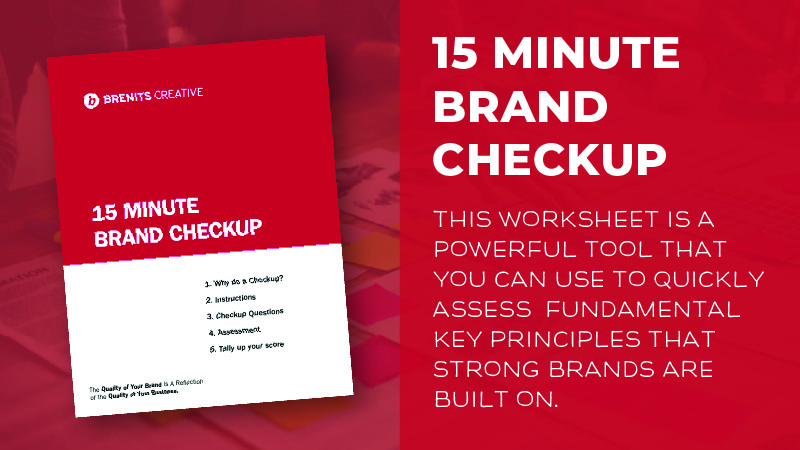Human beings have base fears such as the need for protection, for reassurance, for status, for achievement, recognition, and so on. Addressing these fears is the basis for many brands’ positioning and their marketing. But how successful is fear as an emotive driver today, and should we still be using it as a motivation to get people to buy more?
The first thing to be aware of is that fear works.
Scare tactics, some believe, is an old-fashioned way of changing consumer attitudes and behaviors. But a study published by the American Psychological Association in 2015, shows that fear-based appeals are still effective. Particularly when they contain recommendations for one-time-only behaviors.The probability of taking action more than doubles when Including a fear element in marketing, compared to marketing that has a low fear factor, according to the article. Some obvious reasons for this are that fear makes people pay attention and evokes an emotional reaction.
The temptation for brands to use fear is also due to how others seem to be using it successfully. Our brains seek out patterns, according to Keith Payne, Professor of psychology and neuroscience at the University of North Carolina. When we don’t see patterns, we seek out regularities to make our lives work. We get stressed out by chaos and randomness, he says, because they make us feel left out, left behind, or out of control. Lack of pattern and predictability induce fear. Too much pattern and predictability, on the other hand, incite boredom and even rebellion. We want to know where we stand, but at the same time, we don’t want to feel stuck or appearing to be stuck.
Fear being generated by social media has created its own fears, especially related to failure. Keith Payne also pointed out that Facebook, Instagram, LinkedIn, and others have exploited the idea of what is “normal.” Perfection is now portrayed ubiquitously as achievable and expected.
We live in a time where so much content portrays life as picture-perfect, that the fear of missing out (or not keeping up) is driving us to be highly anxious and chronically over-aware of other people’s opinions and achievements.
Another reason why fear gets our attention is that we are conditioned to believe that just solving the problems we face isn’t enough; we need to conquer them completely. According to Brene Brown, one of the critical reasons for this that we live in a culture with a strong sense of scarcity. We feel an expectation of dealing with the concerns that we’re not getting enough sleep, not getting enough done, and that we’re not perfect enough. The opposite of scarcity isn’t necessarily abundance or completeness, according to Brown. Sometimes, it’s the ability to do just enough and then stop.
That brings us back to the point that people are looking for answers that resolve what concerns them, solutions that they understand and can act on. Brands are most effective when they address a need, stated simply, clearly, and distinctly (positioning). The path to being competitive does not lie in adding to the burgeoning fear factor. If brands want to avoid being caught up in this escalating volume of drama, outrage, and concern, they may wish to adopt a different approach.
Millennials rely on brands to help feel less anxious and more emotionally balanced and fulfilled, in an increasingly complex world to navigate, according to Anne Bahr Thompson. Brands could better use that reliance to help them develop more valuable relationships in a range of ways. Her ideas are potentially applicable to brands in several ways:
1. Deliver Leadership – in a world where people are concerned about the quality of life, long-term security, and family, brands should be looking for ways to inject confidence about the future and the planet and to embed broader societal solutions into their ways of doing business.
2. Be Realistic – brands need to help people connect with what really matters to them in life. The most powerful way they can do this is by being genuine and demonstrating sincerity themselves with how they interact with customers and potential buyers.
3. How Data Is Used – brands need to respect buyers as people and treat data as a relationship-building tool, not as a sales platform. Find ways to create more personalized interactions, while setting boundaries, so they aren’t being intrusive.
4. Treat People Fairly – brands can be good citizens by behaving fairly and openly, but they also need to build a more profound sense of community by involving their customers in how they develop products and set corporate policies.
5. Defend And Support Wellbeing – in much the same way as brands need to consider how they can offer solutions for the world, they should also look at how and where they can help people function more effectively and in a more fulfilled manner. That may well mean looking out beyond what they feel they are responsible for (via their products and services) to a broader consideration set of human factors that they could positively influence.
Solely focusing on what they want out of their relationship with consumers using whatever means necessary, including the fear, is not good enough for brands anymore. Brands need to connect in a more rounded and considerate way with buyers.
How do we harness fear without relying on it, if it’s such a powerful motivator? Instead of using fear to motivate buyers, use it as the starting point for helping people better manage their lives instead:
- Convert challenges into opportunities – People always have problems. Instead of highlighting them find answers to the underlying challenges. For example, no one knew they wanted an airbag, but everyone agreed they wanted safer cars.
- Add practicality to an irrational decision – if you want people to buy something that rewards them emotionally, find a way to include practical elements that seal the deal.
- Don’t just play on the fear. Instead, look for ways to remove it, so that people feel a sense of progress and personal achievement.
My two cents: People try to avoid that which they fear and seek that for which they long. Marketers should pay more attention to people’s desires and less attention to their anxieties. And, to Brene Brown’s point, brands need to do so in ways that are practical, finite and provide a sense of closure and resolution. Brands should inspire customers to achieve great things, helping them to set limits on where the sense of fulfillment ends, and an unhealthy obsession begins. Until brands see their behaviors in the broader context of social responsibility, they will continue to play on powerful emotions like fear for the quick wins they can get now, at the expense of the brand’s deeper, long-term value and trustworthiness to customers.






